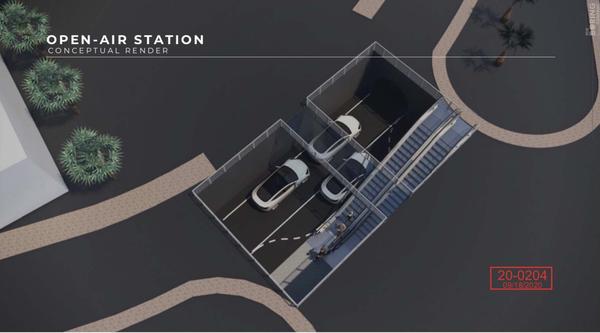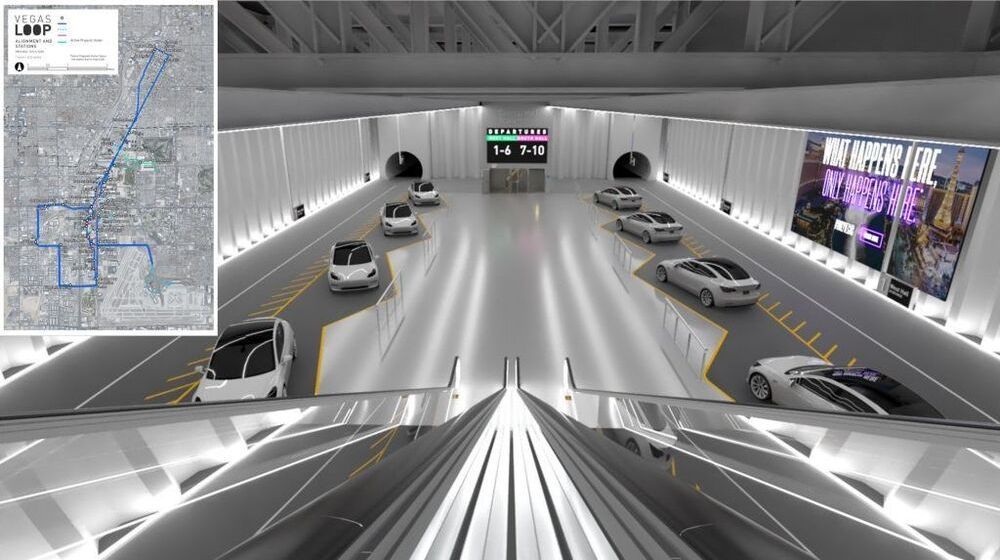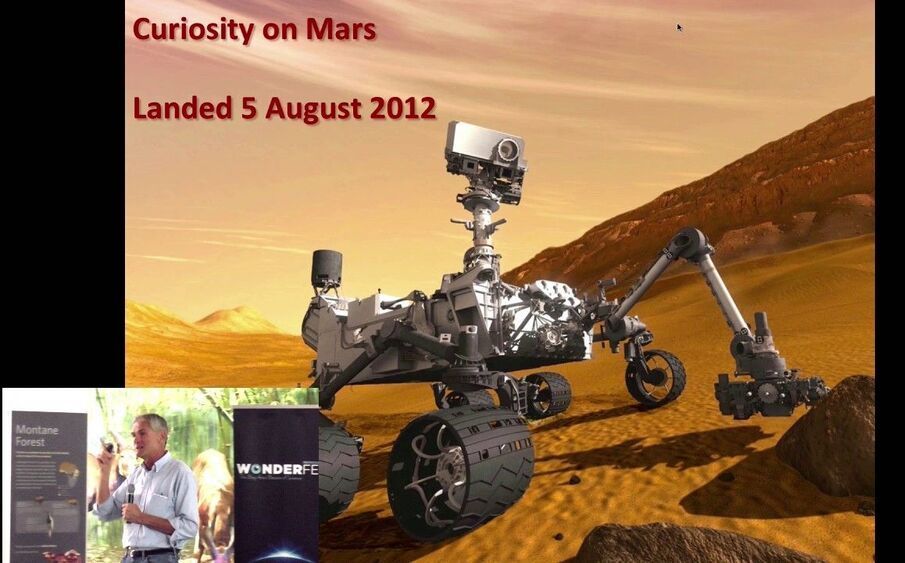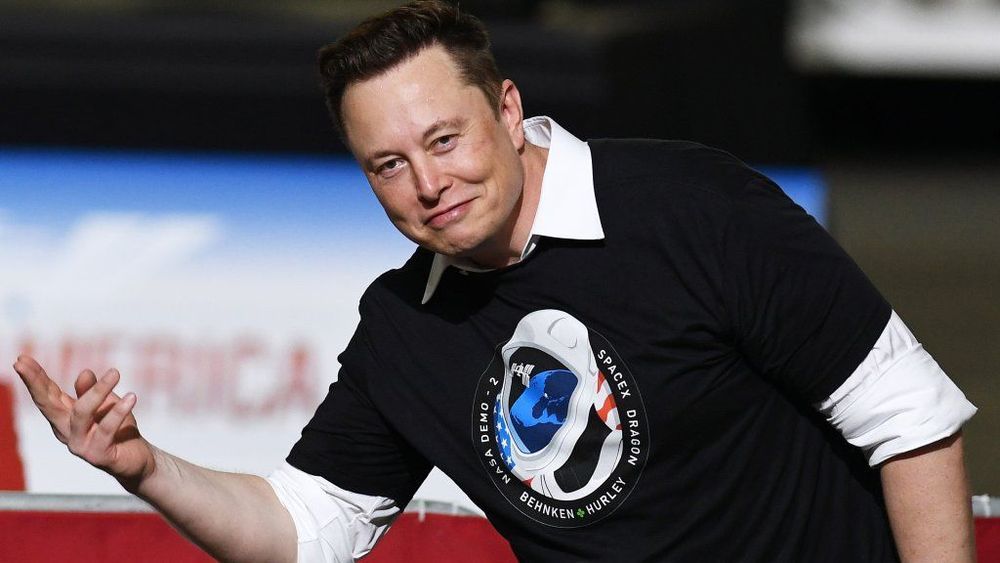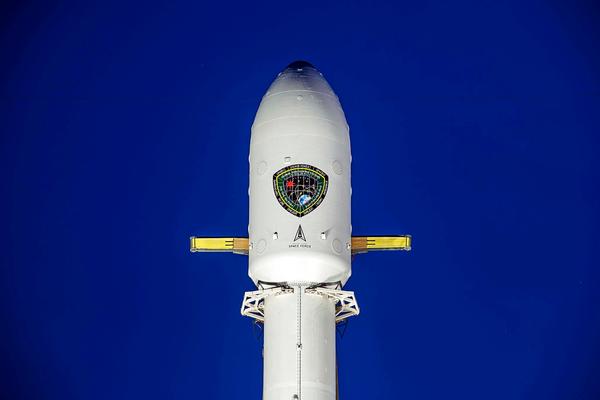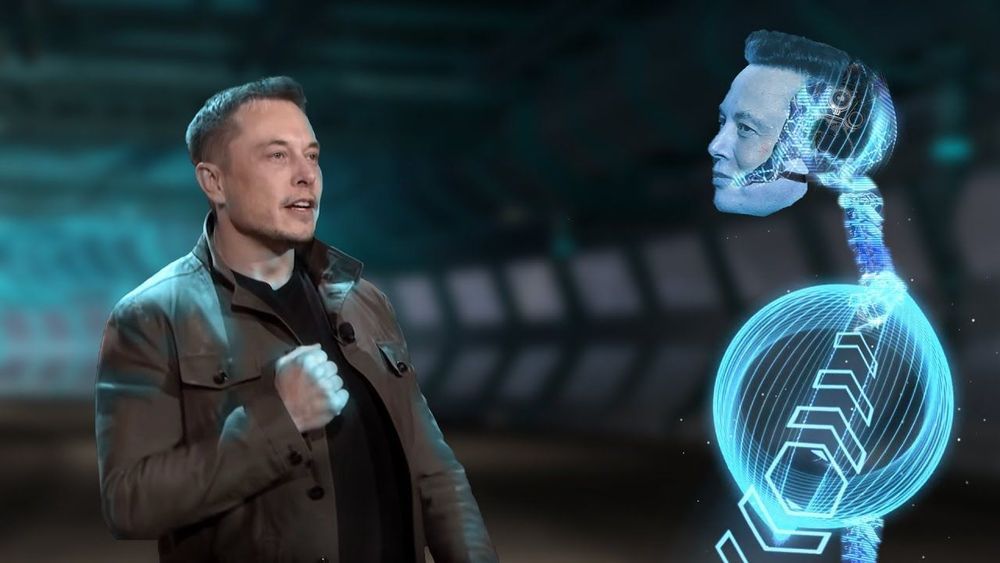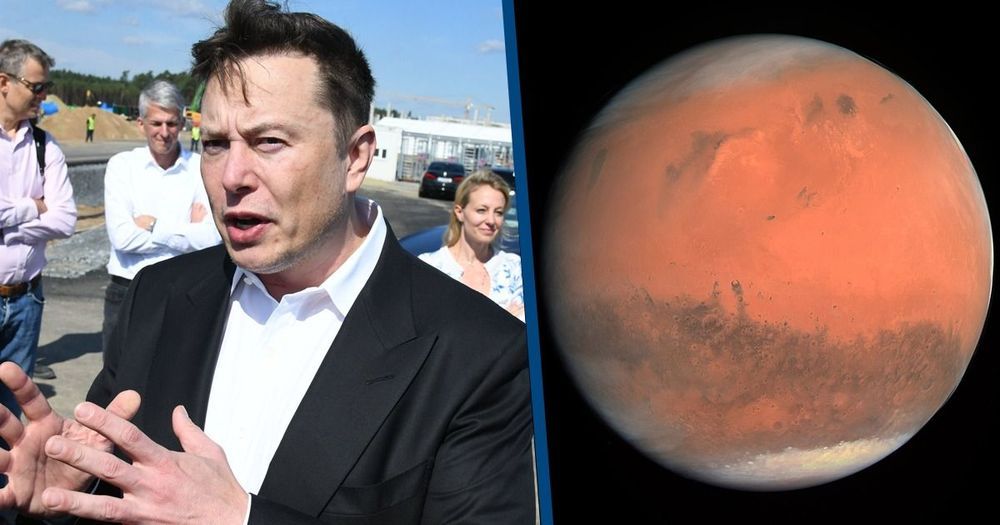Elon Musk founded The Company “to solve the problem of soul-destroying traffic.” He envisions a network of tunnels where Autonomous Electric Vehicles (AEV) can transport passengers at high speeds through an underground transportation system called “Loop”. The Company’s AEVs are made up of modified Tesla Model 3 and Model X. These zero-emission vehicles will shuttle passengers through the tunnels at approximately 150-miles per hour. The first set of underground roads are under construction at Las Vegas Convention Center (LVCC). The tunneling project is almost finished. According to city officials it will be operational by January 2021. The Company plans to expand the LVCC Loop transportation system to other parts in Las Vegas. The Company submitted a proposal this year to the Las Vegas City Planning Commission to expand the tunnel to the downtown area.
On Tuesday, the Las Vegas City Planning Commission held a meeting in which the company received approval to connect the LVCC center set of tunnels to a future tunneling system that will lead downtown. The Commission gave the green light during a meeting, video below. The city council plans to review the proposal to cast a final vote in December. The downtown tunnel will begin at the LVCC, run through Las Vegas Boulevard, connect to Ogden, and lead back into Main Street. The City of Las Vegas shared via Twitter the map of where the tunnel will be built, pictured below.
